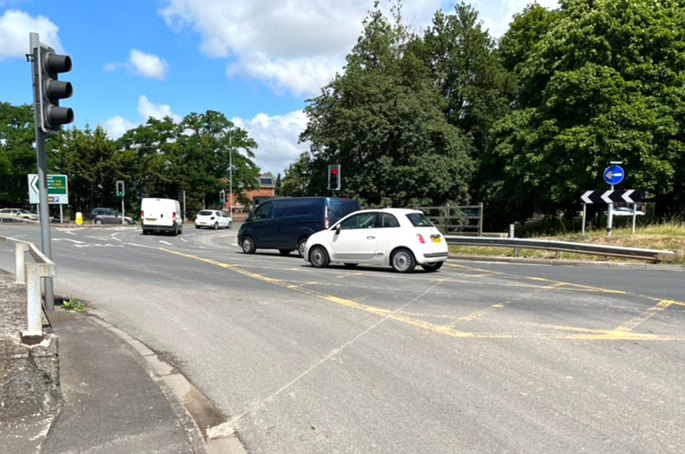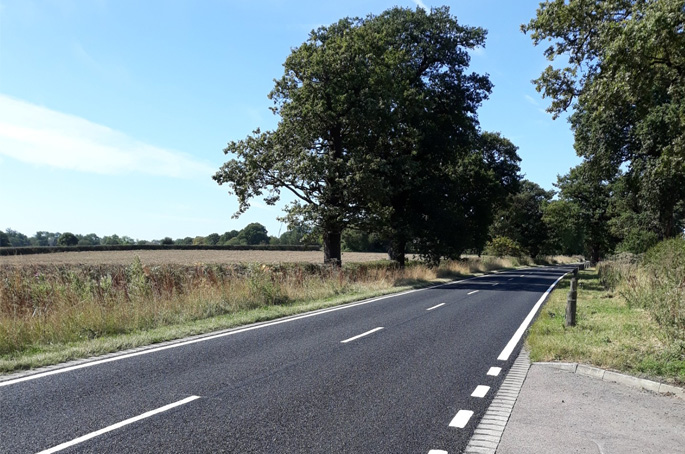A National Highways trial scheme has delivered a '155mm-thick mid-layer in the binder course' using 90% recycled material - combined with low-carbon plant and machinery, the national operator has projected 400 tonnes of CO2 will be saved on the scheme.
The project was carried out by Heidelberg Materials and WSP and involved resurfacing a stretch of the A47 between Acle and Great Yarmouth using a ‘cold recycling bound material' that consists of planings crushed and graded to 0-20mm, 3% bitumen, 1% cement and water, used alongside Evo zero cement and Nynas bio-binder.
To combine these components into what National Highways sources described as a 155mm-thick mid-layer in the binder course, the process took the ‘old' material, crushed it into aggregate, injected it with air and water, and then produced a new ‘foamed' bitumen.
The project also took advantage of a low-carbon recycling plant - which was used close to the A47 - electrified pavers and rollers, and low-carbon transport such as hydrogen low loaders.
Alice Grandidge, project manager for the scheme at National Highways, said: 'This scheme presented the ideal opportunity to resurface a road effectively but in a low-carbon way - from the materials we use, where we sourced it from, how we mixed it and when we work on it. All these aspects combined together save carbon compared to a traditional approach to a road resurfacing scheme – it makes it one of the greenest major road resurfacing and is a major step towards carbon zero highways.'
Scott Cooper, managing director of contracting at Heidelberg Materials UK, said: ‘The change in design specification to use evoBuild foamed asphalt resulted in a dramatic increase in recycled content and provided substantial savings in CO₂ emissions compared with using hot mix asphalt as its production requires significantly less energy.'
Dermott Doyle, technical director at WSP, commented: ‘On the A47 project, we worked closely with National Highways and Heidelberg Materials to design a major pavement intervention that maximises recycled content and reduces carbon emissions, demonstrating how sustainable practices can be integrated into everyday road construction.'
Despite the promising results seen so far, Ms Grandidge said that this process would not be applicable to all roads, saying that ‘road surface types are determined by traffic usage, so such a surface would potentially not be suitable on a more busy road such as the A1.'
However, she added that ‘many lessons can be learnt' from this project and that it would be possible to replicate it in ‘some other areas across the country'.

























